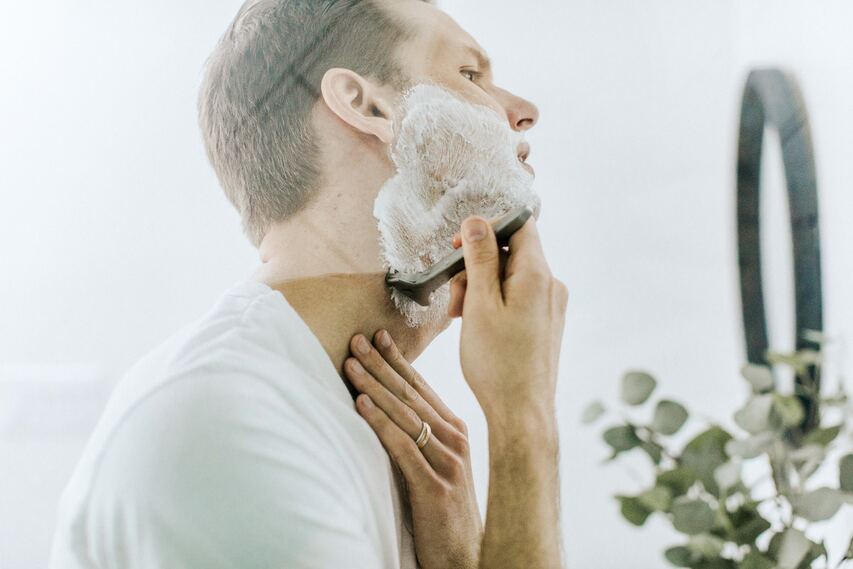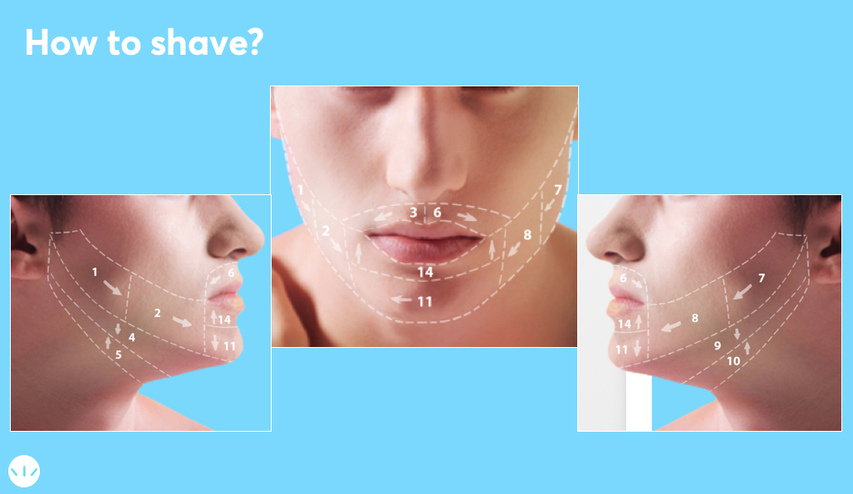How to shave with acne - 8 dermatologist tips

Shaving Tips for Acne-Prone Skin: Preventing Breakouts and Razor Bumps
Shaving can be a challenge for those with acne-prone or sensitive skin, as improper techniques and products can exacerbate irritation, breakouts, and razor bumps. Here's a comprehensive guide to achieving a smooth shave while keeping your skin healthy and clear.
Razor Bumps vs. Acne
- Acne results from clogged pores filled with oil and dead skin cells, leading to blackheads, whiteheads, pustules, and sometimes cysts. Acne can appear anywhere on the face.
- Razor bumps, in contrast, occur only in shaved areas when irritated skin around hair follicles becomes red and swollen. Razor bumps don’t exhibit blackheads or cysts and are typically uniform in appearance.
How to Prevent Razor Bumps and Acne While Shaving
-
Use a Fresh Razor Blade
Old blades harbor bacteria that can irritate skin and cause infections. Replace your razor every 10 shaves for optimal performance. -
Choose the Right Shaving Cream
Avoid foam or gel-based products, which can irritate sensitive or acne-prone skin. Opt for a creamy, non-comedogenic shaving cream specifically formulated for sensitive skin. -
Prepare Your Skin
Before shaving, wash your face or shower with warm water to soften the hair and open pores. Avoid bar soaps, which can dry and irritate the skin. -
Shave with the Grain
Always shave in the direction of hair growth to minimize the risk of ingrown hairs and irritation. Avoid shaving against the grain, which pulls on hair and increases the chance of razor bumps. -
Keep Your Razor Clean
Rinse your razor thoroughly after each use to prevent buildup of debris and bacteria, which can lead to irritation and infection. -
Hydrate After Shaving
Use a non-comedogenic moisturizer with niacinamide (vitamin B3) to protect the skin barrier, reduce redness, and keep your skin hydrated. Avoid pre- and post-shave oils, as they can clog pores. -
Avoid Overuse of Aftershave
Many aftershave products contain alcohol and fragrances that can irritate sensitive skin. If you choose to use aftershave, opt for an alcohol-free, soothing formula. -
Incorporate Anti-Acne Treatments
Use a medicated cleanser containing salicylic acid or benzoyl peroxide before shaving. These ingredients exfoliate gently, clear pores, and reduce the likelihood of razor bumps and breakouts.

Shaving Tools to Consider
Invest in a high-quality razor, such as a single or three-blade model, rather than multi-blade razors that are harder to clean and may trap bacteria.
Recommended Razors:
Shaving Technique Matters
- Allow your shaving cream to sit on your skin for a few minutes before shaving to soften the hair further.
- Shave slowly and carefully, treating the process as a ritual to avoid nicks, ingrown hairs, or irritation.
Does Shaving Cause Acne?
Improper shaving techniques or tools can aggravate acne or cause folliculitis (inflammation around the hair follicles). However, when done correctly, shaving can remove dead skin cells, helping to prevent clogged pores.
FAQs
1. Can shaving help with acne?
Yes, when done correctly, shaving can exfoliate dead skin cells that might otherwise clog pores, reducing the likelihood of breakouts.
2. How often should I change my razor blade?
Replace your blade every 10 shaves to maintain hygiene and ensure a smooth shave.
3. What kind of shaving cream is best for acne-prone skin?
Use a non-comedogenic, creamy shaving cream free of alcohol and synthetic fragrances.
4. Should I shave if I have active acne?
Yes, but with caution. Use a sharp, clean razor and avoid shaving over inflamed areas to prevent irritation and spreading bacteria.
5. What’s the best post-shave moisturizer for sensitive skin?
Choose a moisturizer with 2%-4% niacinamide, which hydrates, soothes, and protects the skin barrier.
By following these dermatologist-approved tips, you can maintain clear, healthy skin while achieving a smooth shave.
References
Pseudofolliculitis Barbae and Related Disorders.” Dermatologic Clinics, vol. 6, no. 3, 1988, pp. 407–412.
To find the right acne treatments for your unique skin, take the free skin assessment by clicking here.




